Related Research Articles
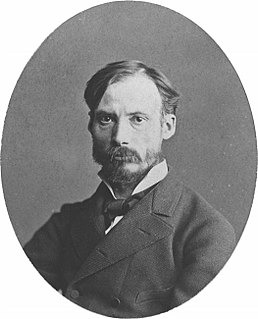
Pierre-Auguste Renoir was a French artist who was a leading painter in the development of the Impressionist style. As a celebrator of beauty and especially feminine sensuality, it has been said that "Renoir is the final representative of a tradition which runs directly from Rubens to Watteau."

Modern art includes artistic work produced during the period extending roughly from the 1860s to the 1970s, and denotes the styles and philosophies of the art produced during that era. The term is usually associated with art in which the traditions of the past have been thrown aside in a spirit of experimentation. Modern artists experimented with new ways of seeing and with fresh ideas about the nature of materials and functions of art. A tendency away from the narrative, which was characteristic for the traditional arts, toward abstraction is characteristic of much modern art. More recent artistic production is often called contemporary art or postmodern art.

Alfred Sisley was an Impressionist landscape painter who was born and spent most of his life in France, but retained British citizenship. He was the most consistent of the Impressionists in his dedication to painting landscape en plein air. He deviated into figure painting only rarely and, unlike Renoir and Pissarro, found that Impressionism fulfilled his artistic needs.
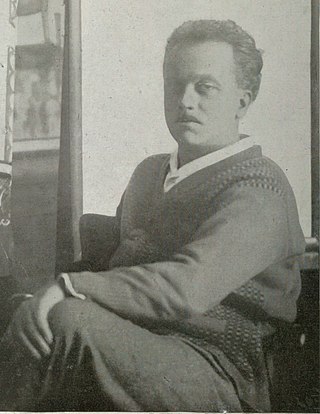
Raoul Dufy was a French Fauvist painter, brother of Jean Dufy. He developed a colorful, decorative style that became fashionable for designs of ceramics and textiles, as well as decorative schemes for public buildings. He is noted for scenes of open-air social events. He was also a draftsman, printmaker, book illustrator, scenic designer, a designer of furniture, and a planner of public spaces.
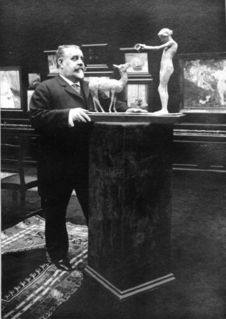
Georges Petit was a French art dealer, a key figure in the Paris art world and an important promoter and cultivator of Impressionist artists.
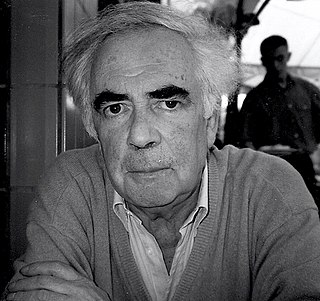
Claude Esteban was a French poet.
Gaston Diehl was a French professor of art history and an art critic.
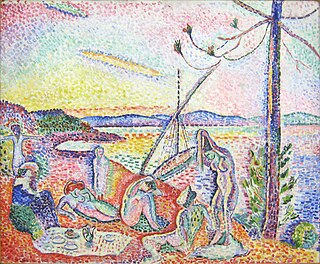
Luxe, Calme et Volupté is an oil painting by the French artist Henri Matisse. Both foundational in the oeuvre of Matisse and a pivotal work in the history of art, Luxe, Calme et Volupté is considered the starting point of Fauvism. This painting is a dynamic and vibrant work created early on in his career as a painter. It displays an evolution of the Neo-Impressionist style mixed with a new conceptual meaning based in fantasy and leisure that had not been seen in works before.

René Huyghe was a French writer on the history, psychology and philosophy of art. He was also a curator at the Louvre's department of paintings, a professor at the Collège de France and from 1960 a member of the Académie Française. He was the father of the writer François-Bernard Huyghe.
Mathilda Marie Berthilde Paruta, better known as Darling Légitimus, was a French actress. In 1983, she received the Volpi Cup for Best Actress for her performance in the film Sugar Cane Alley.
Francis Ambrière was a French author who was selected for the Prix Goncourt in 1940, for his book Les Grandes Vacances; the prize was awarded in 1946 because of World War II.

Du "Cubisme", also written Du Cubisme, or Du « Cubisme », is a book written in 1912 by Albert Gleizes and Jean Metzinger. This was the first major text on Cubism, predating Les Peintres Cubistes by Guillaume Apollinaire (1913). The book is illustrated with black and white photographs of works by Paul Cézanne (1), Gleizes (5), Metzinger (5), Fernand Léger (5), Juan Gris (1), Francis Picabia (2), Marcel Duchamp (2), Pablo Picasso (1), Georges Braque (1), André Derain (1), and Marie Laurencin (2).
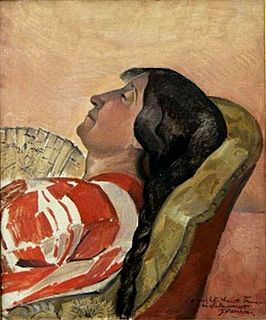
Jeanne-Henriette Tirman was a French woman painter and printmaker.
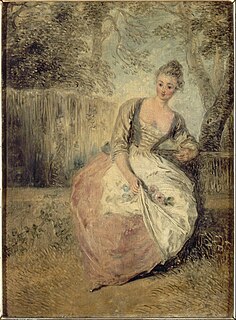
The Worried Lover is an oil on panel painting in the Musée Condé, Chantilly, by the French Rococo artist Antoine Watteau. Variously dated to c. 1715–1720, the painting was among private collections throughout the 18th and 19th centuries, until it has been acquired by Henri d'Orleans, Duke of Aumale, son of King Louis Philippe I; as part of the Duke of Aumale's collection at the Château de Chantilly, The Worried Lover was bequeathed to the Institut de France in 1884.

The Chord, alternatively known as The Serenader and Mezzetino, is an oil on panel painting in the Musée Condé, Chantilly, by the French Rococo painter Antoine Watteau, variously dated c. 1714–1717. Throughout the 18th and 19th centuries, The Chord passed through numerous private collections, until it came into possession of Henri d'Orléans, Duke of Aumale, son of King Louis Philippe I; as part of the Duke of Aumale's collection at the Château de Chantilly, The Chord was bequeathed to the Institut de France in 1884.

The Two Cousins is a 1716 oil on canvas painting by Antoine Watteau, now in the Louvre Museum, which acquired it in 1990.

Marriage Contract and Country Dancing is a c.1711 painting by Antoine Watteau. It entered the Spanish royal collection as part of the collection of Isabella Farnese and was recorded in the La Granja de San Ildefonso Palace in Segovia. It is now in the Prado Museum. It shows the signing of a marriage contract in a rural landscape.
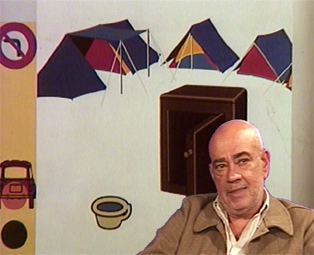
Hervé Télémaque, is a French painter of Haitian origin, associated with the surrealism and the narrative figuration movements. He has lived and worked in Paris since 1961.
Jacques Lassaigne was a French art historian, an art critic who served as president of the International Association of Art Critics from 1966 to 1969, and a museum curator acting as chief curator of the Musée d'Art Moderne de la Ville de Paris from 1971 to 1978. He was a prolific author who wrote numerous volumes of scholarly books on the subject art history, notably in collaboration with the publisher Albert Skira and his publishing house Editions D'Art Albert Skira in the 1950s and 1960s, many of which have been translated into English, Italian, German, and Spanish and published internationally. Jacques Lassaigne's books and museum exhibitions, with accompanying catalogues and essays, constitute a significant contribution to art history and have consistently been reference and cited by innumerable subsequent researchers and historians for decades.

After the Bath is a painting from 1910 by the French painter Pierre-Auguste Renoir. The painting is now in the Barnes Foundation in Philadelphia.
References
- 1 2 3 'Raymond Cogniat', The Times , 15 March 1977.
- ↑ Bernal, Maria Clara (2015). Redes intelectuales: Arte y política en América Latina. Ediciones Uniandes-Universidad de los Andes. p. 597. ISBN 978-958-774-178-0.
- 1 2 Raymond Cogniat, contributor, Encyclopædia Britannica . Accessed 19 November 2019.
- ↑ Hannah Feldman (2014). From a Nation Torn: Decolonizing Art and Representation in France, 1945-1962. Duke University Press. pp. 78–9. ISBN 978-0-8223-9595-9.